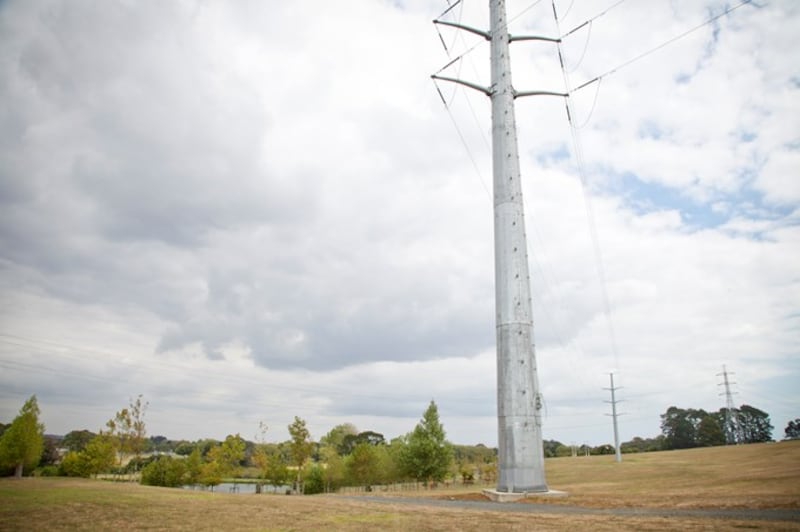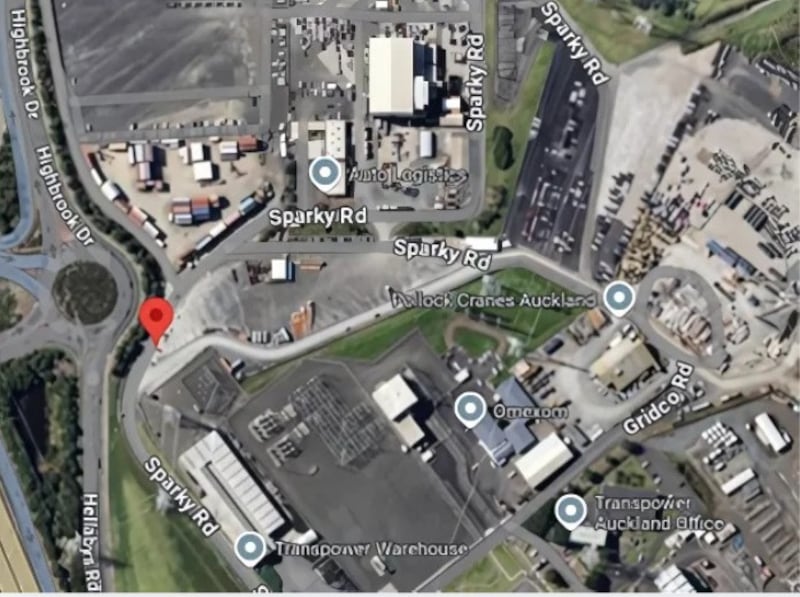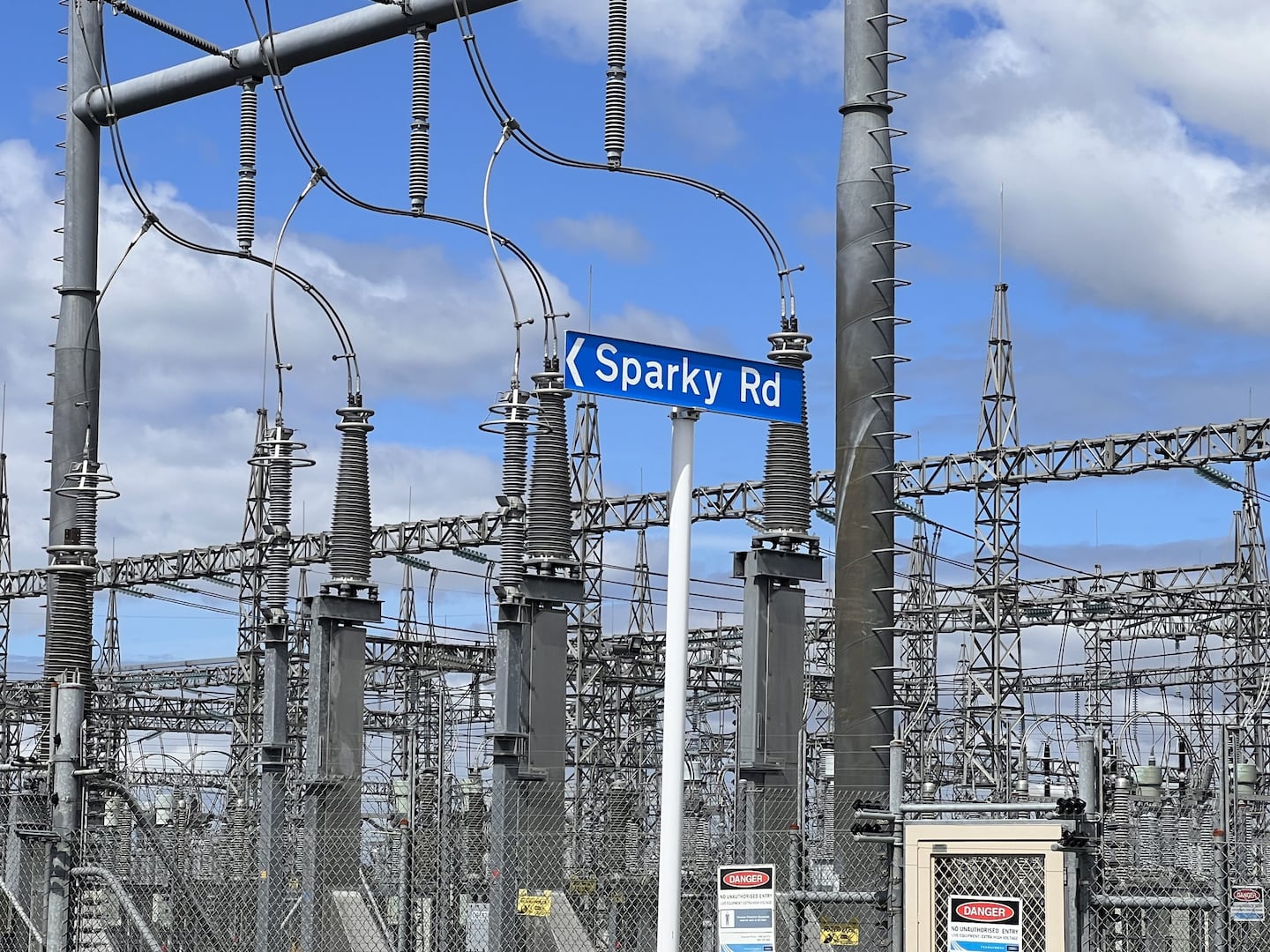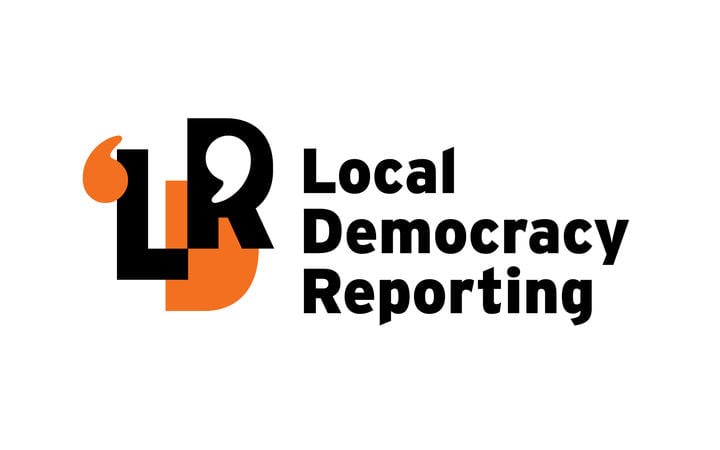A new housing development risks creating an “elite enclave” within South Auckland, a local leader warns.
Highbrook Living plans to build a housing development at the landmark power station site on Sparky Rd, near Ōtara.
Ōtara-Papatoetoe Local Board (OPLB) chair Apulu Reece Autagavaia said the development could have significant environmental impacts, cause traffic congestion and was far from schools and shops.
“The proposed development site is cut off from the rest of Ōtara, bordered by the Tamaki River, State Highway 1, and the busy main arterial Highbrook route,” he says.
“The board is concerned an elite enclave will be built, disconnected from the rest of Ōtara," he said.
“[There is] no physical connection to existing people of Ōtara to be neighbours with. This is going to be a multimillion-dollar housing development, with million-dollar views to the river but with the back of Ōtara.”
Auckland Council recently approved the developer’s plan Change request to convert 4.4 hectares of land from light industrial zoning to residential zoning. This will allow for terrace housing and apartments.
The Highbrook Precinct project aims to revitalise the local power station area and address housing needs.

It will include regulations on transportation and noise, an Auckland Council news release said.
The remaining site will maintain its existing business – light industry zoning and will not be part of the Highbrook Precinct.
Now the plan has been approved, the developer is expected to actively integrate this new residential project into the fabric of the Ōtara community.
The goal is to ensure that the development complements the existing neighbourhood.
“This vision emphasises inclusivity, connectivity, and a shared sense of belonging,” the council release said.
Apulu says he would like to see the residents of this new development become integrated with the rest of Ōtara.
“The independent hearing panel seems to think the developer will create an integrated community. We urge the developer to do so.
Bring your new residents to our schools, to our sports clubs, to our shopping areas; ensure your development enhances the natural environment; come and join the rest of Ōtara.”
Numerous opposition submissions were received from the surrounding areas, including Highbrook and East Tāmaki.

Mana whenua were engaged in the process due to the site’s cultural and environmental significance to local communities.
Highbrook Living sent letters to 11 mana whenua groups, with responses received from Ngāi Tai ki Tāmaki, Ngāti Te Ata Waiohua, Ngāti Tamaoho Trust, and Te Ākitai Waiohua.
Four mana whenua groups requested cultural values assessments (CVAs) but only Ngāti Tamaoho submitted one before notification.
Ngāti Te Ata Waiohua opposed the plan change but withdrew its objection after resolving the issues with the applicant.
The Highbrook Precinct borders the Tāmaki River, a significant awa leading to the Hauraki Gulf (Tikapa Moana) and Waitematā Harbour.
These waterways have historically served as vital food sources and transport routes for iwi and hapū in coastal and island settlements.
Mana whenua maintain a spiritual connection to the Tāmaki River and hold kaitiakitanga (guardianship) responsibilities for the area.
Additionally, the precinct is situated near the Pukewairiki Tuff Ring, one of the oldest volcanoes in Auckland’s volcanic field.
Highbrook Living did not respond to a request for comment.




